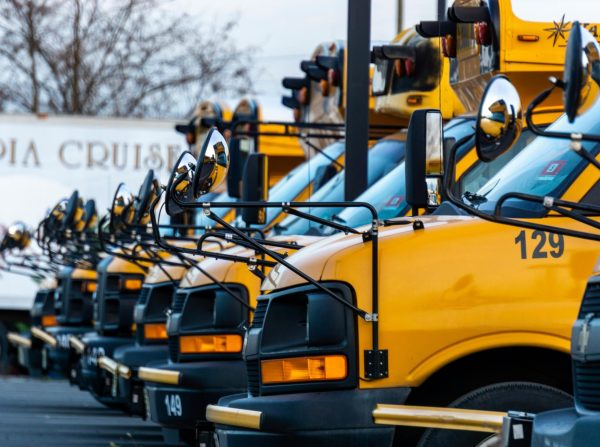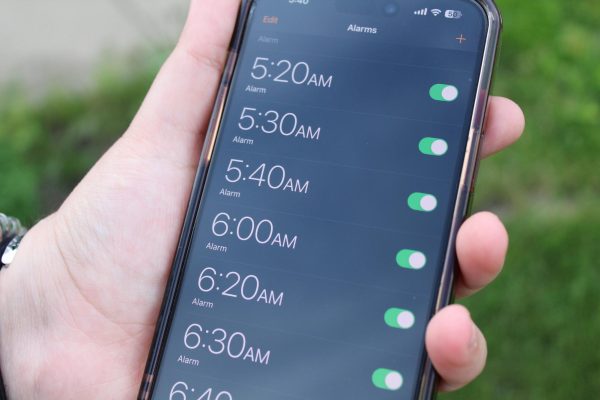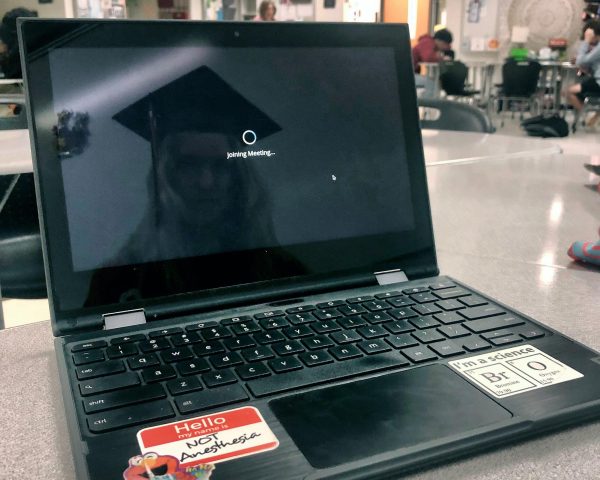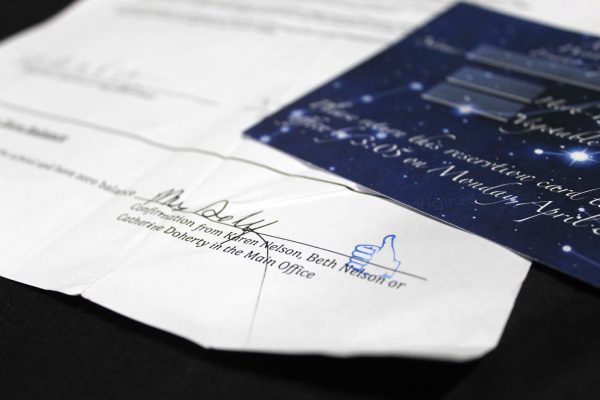Opinion: Lockdown drills can be just as harmful as they are helpful
Each year, millions of school-aged children participate in lock down drills, which can have negative effects
Cowering in a corner during a lockdown drill can feel like the end of the world, especially when students don’t know it’s a drill.
December 9, 2021
Students silently sit in the corner of their classroom after a lockdown has been announced. The lockdown is a drill, but they don’t know that. Some students fear for their lives, wondering if they should write farewell messages to their families. While there are benefits to lockdown drills, they can be traumatizing if they are unannounced or not disclosed whether it is a drill or not.
In 1999, two seniors at Columbine High School in Colorado murdered 12 students and one teacher. The tragic event inspired schools in the United States to establish lockdown drills. In these drills, teachers lock the classroom, turn off the lights, and close the blinds. Students and teachers then hide in a corner silently until the drill is over. According to research from the Washington Post, in the 2017-2018 school year, over four million students participated in lockdowns.
Sometimes when lockdown drills are conducted, students are not told that it’s a drill and that there’s not a threat. This causes some students to panic, as they believe their life is in danger. As mentioned by Dr. David Schnfield, director of the National Center for School Crisis and Bereavement, on CNN News, the use of deception during lockdown exercises is not just inappropriate, but also unethical. Many students have seen the news reports of school shootings and how tragic they are. By not informing students that the lockdowns are just drills, schools are putting unnecessary stress on students. Students should not be spending these drills thinking that they are going to die. Announcing that drills are just drills is crucial in order to keep students calm.
Aside from not announcing drills, schools should implement types of lockdowns that are not traumatizing to students and teachers. Though MCHS does not, some schools in the United States use the ALICE training method in place of traditional lockdown drills. According to ALICE Training, the acronym stands for alert, lockdown, inform, counter, and evacuate. The “counter” encourages individuals to, if necessary, do something to distract the shooter.
Under ALICE training, some schools have a police officer roleplay as an armed intruder with a fake gun and pellets. As a way to train teachers, the fake intruder shoots them with the plastic pellets. These pellets leave teachers with welts, bruises, and abrasions, according to teachers in Monticello, Indiana. The point of this, according to Monticello teachers, is to show what happens when you cower and do nothing. Clearly this type of school shooting drill is not the most effective as some teachers are physically and mentally harmed. For students, witnessing could also be traumatic, especially for the younger children since ALICE Training is available for kindergarten to 12th grade.
A key flaw of lockdown drills is that they don’t help prevent school shootings, they just train every student for what to do in case of a threat. Professor of criminology and criminal justice Jillian Peterson notes that the majority of school shooters have a history of childhood trauma, abuse, neglect, or bullying. While these situations don’t justify harming others, they help explain the motives behind school shootings.
Because of this, schools and communities should focus on providing mental health resources to students going through difficult times. If teachers were trained to recognize signs that a student might be struggling and those students could receive support, future school shootings could be prevented. With less frequent school shootings students and teachers wouldn’t have to go through potentially traumatic lockdown drills or ALICE Training as often.
Despite the potential effects of lockdown drills, they can be highly effective when done right. Training students on what to do if there was ever a school shooting can potentially save lives. Most school shootings are very quick events and no shooter is going to waste their time trying to open a locked door. They are looking for easy targets.
Because of this, the traditional lockdown drills consisting of students hiding and locking the door can be extremely effective. For example, Ohio school safety consultant Ken Trump reported on IndyStar that there have been instances where shooters went past locked classrooms because they thought no one was there. If every student and teacher is made aware of lockdown drills then everyone can be calm and prepare for these situations.
Lockdown drills can be intense and draining for teachers and students. Schools shouldn’t get rid of them, but they should rethink the way they are done while providing more mental health resources for students.






















